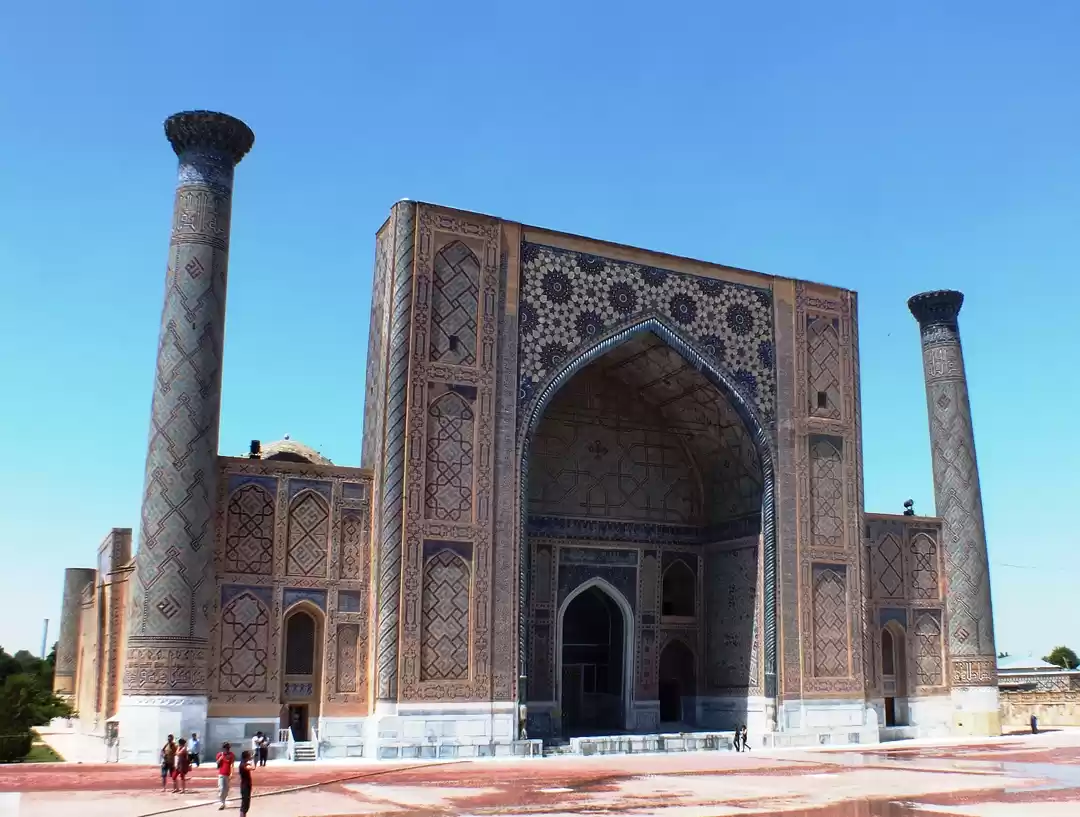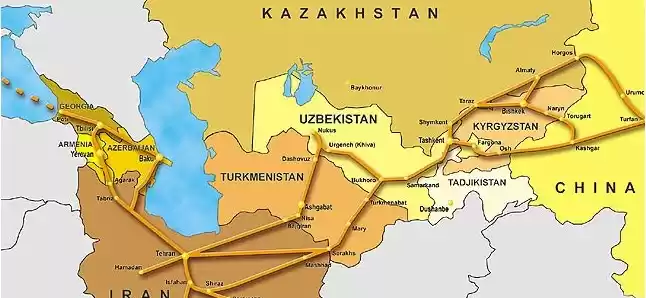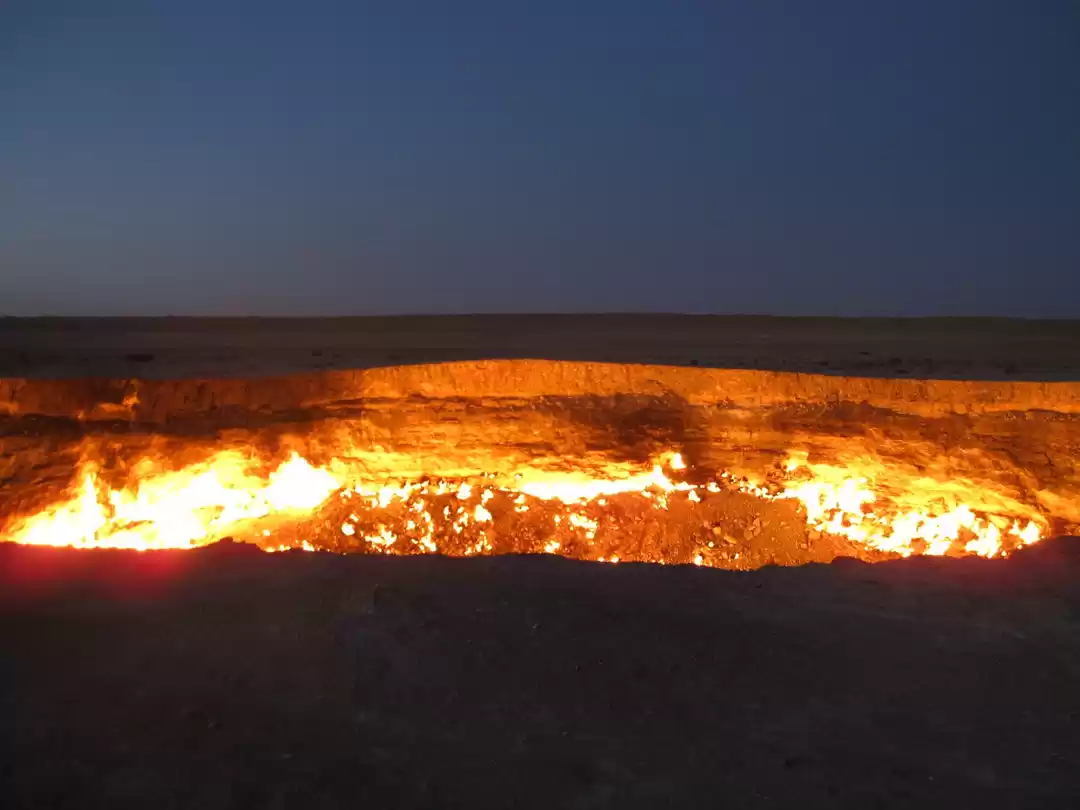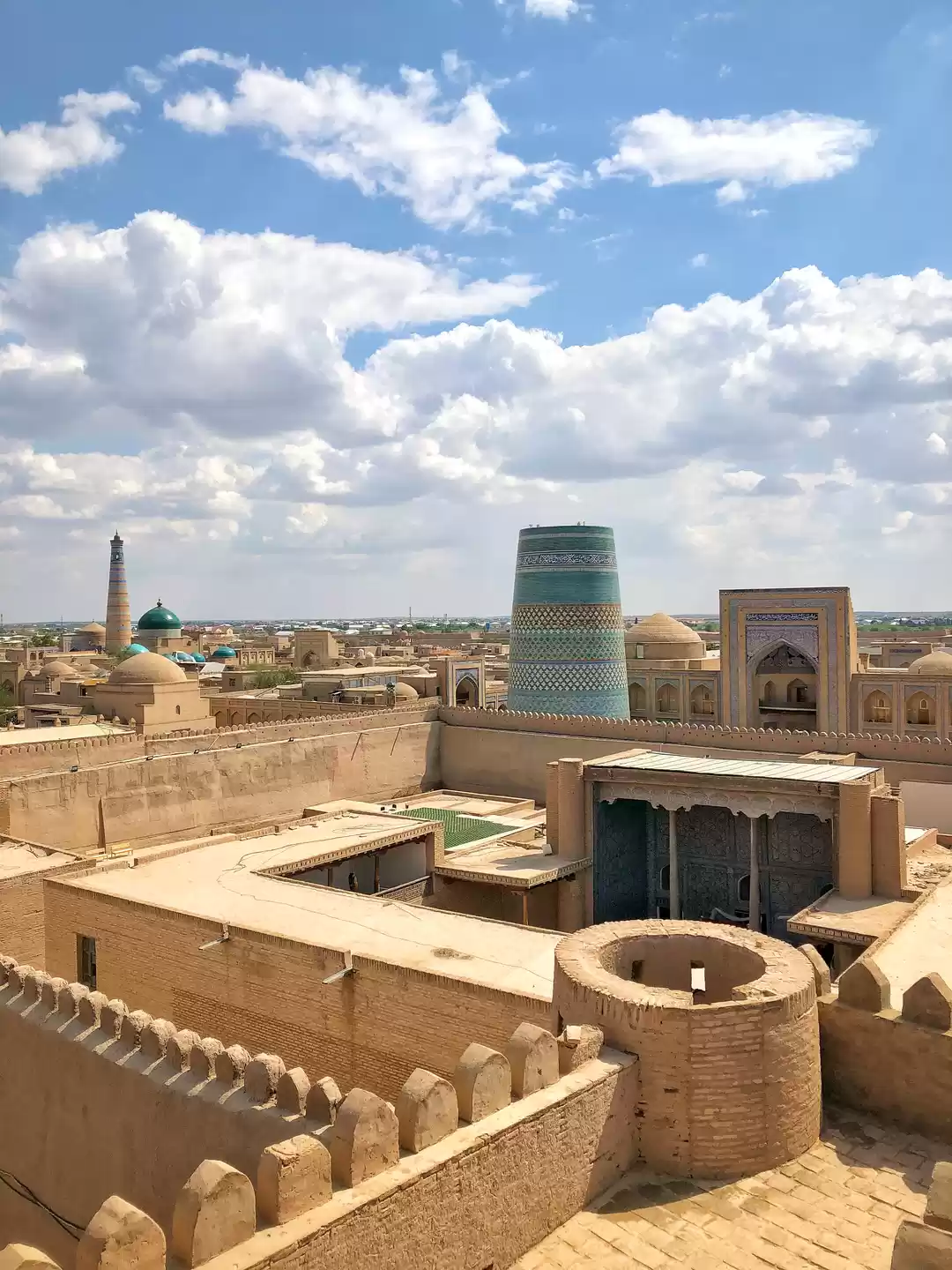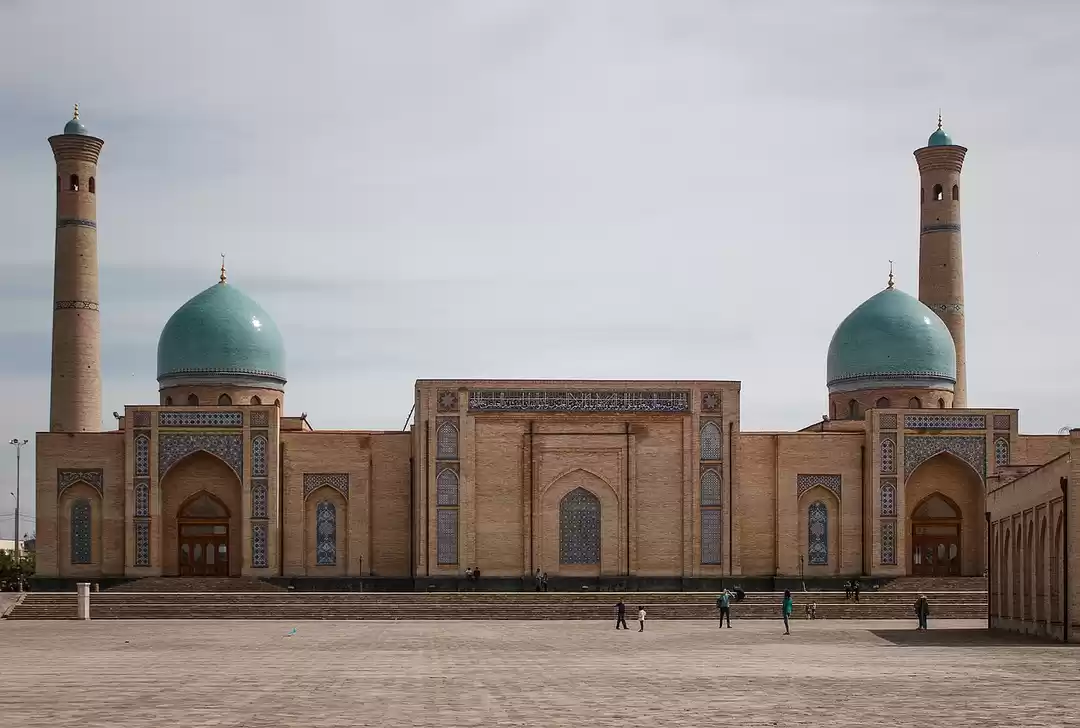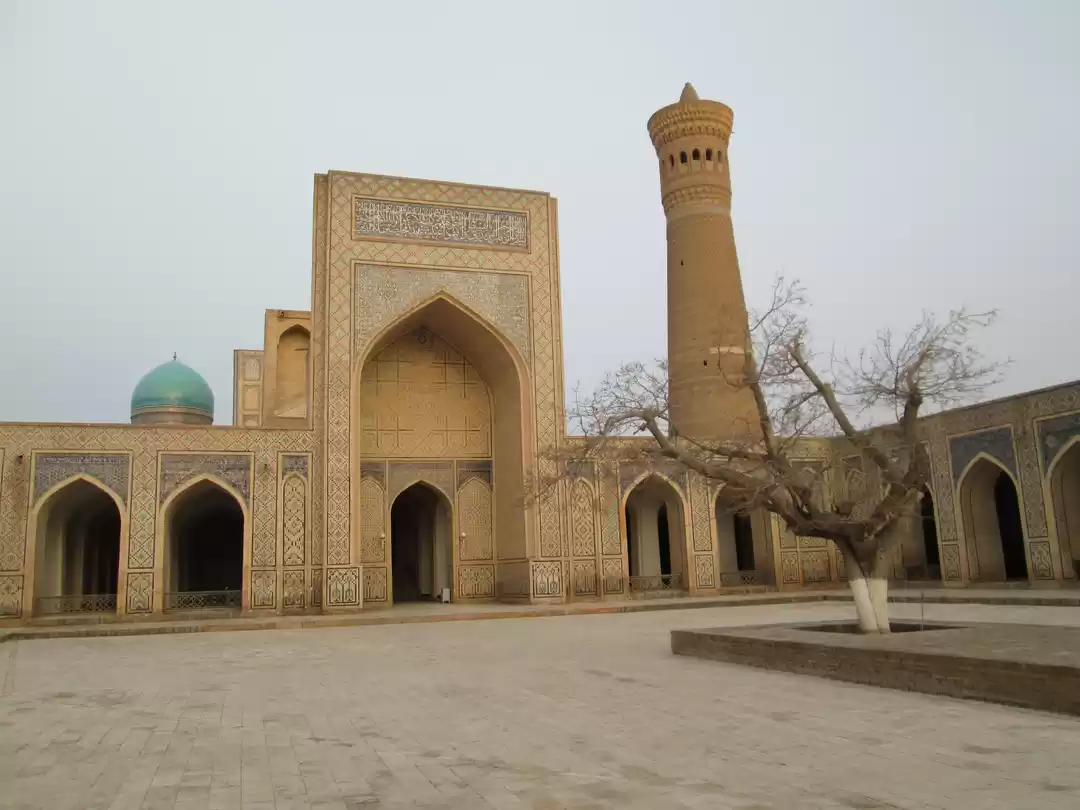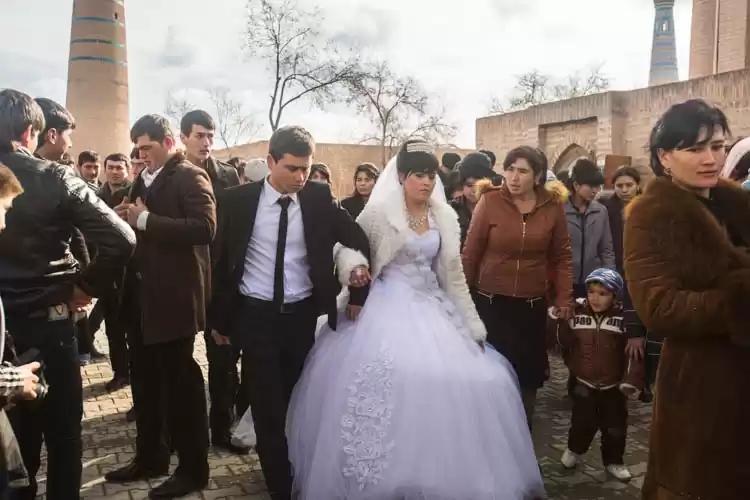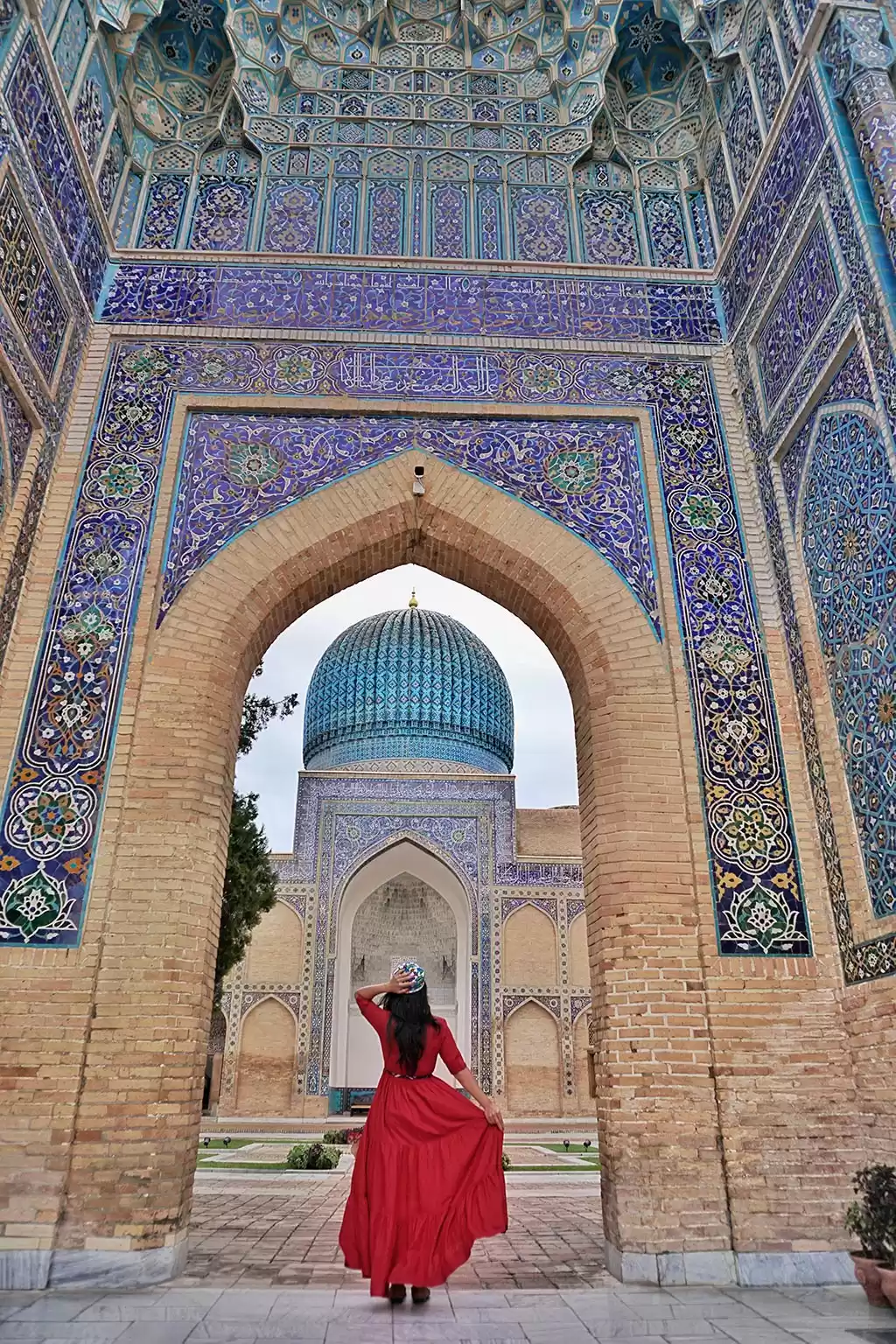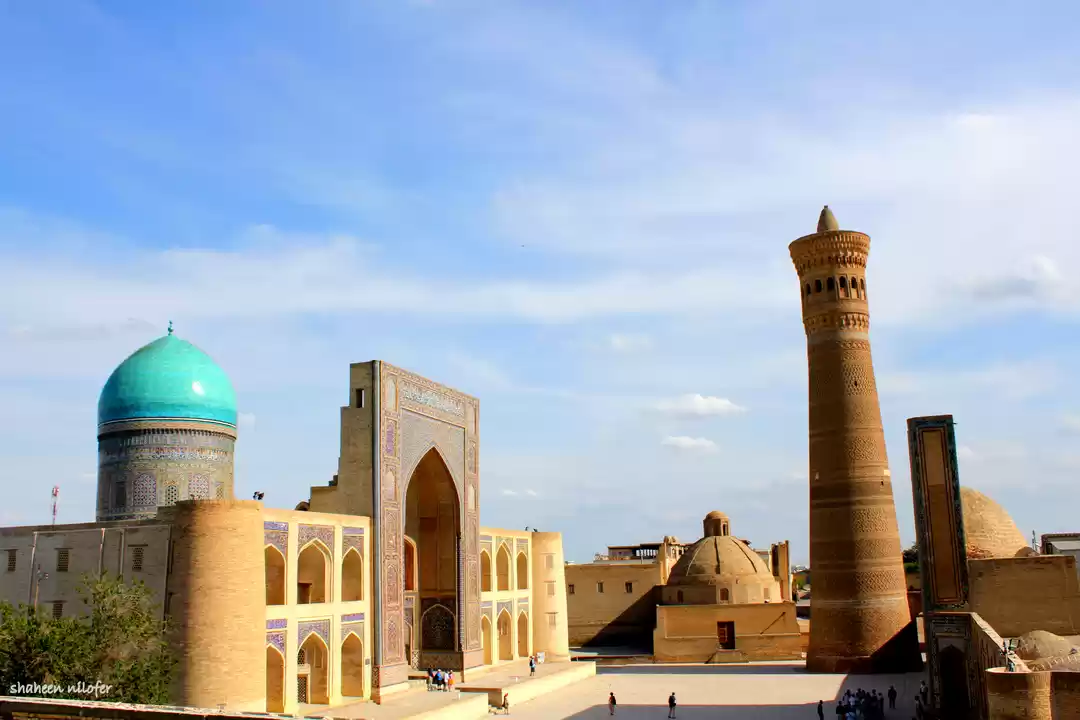#SILKROAD
#Karakum Desert, #Turkmenistan #Turkmenistantourism enroute to #Khiva, #Uzbekistan
Kune Urgench, Karakum Desert is the last stop before the Uzbek Border starts at the far north Dasagouz Velayat (province) from Turkmenistan side. After crossing the Uzbek border outpost, I headed my way to Khiva, an ancient old town wrapped in time from the Silk Road Era. More of Khiva to follow in Part 2 of the Silk Road Travel diaries. Stay tuned in until then. From the Uzbek border, the drive to Khiva is barely an hours drive. For now, this series is about Konye Urgench and the travel photo blog of the Karakum desert.
#Konye Urgench also spelled as Köneürgenç in Turkmen is located on the banks of the Amu-Darya River. It is situated on one of the most important medieval paths: the Silk Road and has remnants of large number of some well-preserved monuments, dating from the 11th to the 16th centuries. They comprise mosques, the gates of a caravanserai, fortresses, mausoleums and minaret. Initially, it was part of the Khorezm dynasty that included part of Uzbekistan (Khiva/Urgench) and was second largest city after Bukhara. Kunya Urgench historical sites are also included into the UNESCO World Heritage List.
In 1221, Genghis Khan destroyed the city in the Mongol invasion of Central Asia, in what is considered to be one of the bloodiest massacres in human history. Despite the devastating effects of the invasion, the city was revived and it regained its previous status. It was described by the 14th-century Arabic traveller Ibn Battuta as "the largest, greatest, most beautiful and most important city of the Turks. (Wikipedia).
The main places of interest in Kunya-Urgench, to name a few, are the mausoleum (10-14 Century) of Najmuddin Al-Kubra, the mausoleum of Mongolian princess Turabek-Khanym, the minaret of Mamun, the minaret of kutlug Timur - the highest minaret in Central Asia. The following sections is an attempt to take you back in time so that the journey is not about ticking just the bucket lists but is about immersing in the rich historical, cultural and geopolitical tapestry of the bygone era.
Mausoleum of Turabek Khanum
Konye-Urgench is a unique spiritual pearl of the Turkmen history and is visual, aesthetic and spiritual marvel. Its masterpieces of medieval architecture elucidates the diversity of Islamic traditions - a unique combination of architectural styles and forms, the richness of textures, designs and colourful mosaic, and the melange of geographical and cultural hotspots.
Konye-Urgench is located 480 km to the north from Ashgabat, capital of Turkmenistan near the river Amu-Darya on the crossroad of silk trade routes. Konye-Urgench was once considered to be one of the largest cities of the Great Silk Road. The date of its foundation is unknown, but indicates to the ancient period (II-V B.C.) There were references on this city in Aveste sacred book of Zoroastrian, which was called “Urva” or “Urga”.
In the middle of the VIII century the city was conquered by Arabs and was renamed and called Gurgandj.
XII and beginning of XIII centuries, was the period of astounding growth of Urgench in Central Asia. Well-known thinkers of that time used to live in Urgench, such as Avicenna, Al-Beruni, and Ibn-Battut and others. In 1221, the city regarded as "the heart of Islam" rebelled against Genghis Khan and was destroyed by the Mongols.
In the first half of the XIV century a special role in the development of the city was played by Qutlugh Temur and his wife Turabek-Khanum.
The city survived destructive conquest of Amir Temur’s army in 1388 years, and in the 16th century it had turned into a desert forcing people to leave due to change of the course of Amu Darya River. In the year 1664, after the construction of new Urgench in the territory of modern Uzbekistan, the old city was called Konye-Urgench (Old Urgench).
The architecture of Turabek-Khanum’s mausoleum is a unique combination of elegance and monumentality and gorgeous decor. The inner dome decor is a very fine mosaic works with ornaments of stars and colors, but now faded and lost in oblivion. Who and when this was built is unknown. The name of Turabek-Khanum, a Mongolian princess, was always surrounded by numerous romantic legends, the favorite daughter of the governor of Golden Horde - Uzbek-khan and the spouse of his deputy in Khoresm, Qutlugh Temur, who governed in XIX century. She became famous for constructing religious buildings. Traditionally, Turabek-Khanum was the patroness of women and girls. In XIX-XX centuries, her mausoleum was the center of mass pilgrimage for brides. They usually come here before the wedding and asked for her blessing. In the present times, the tomb of Turabek-Khanum has been the center of mass pilgrimage.
There is a beautiful legend on true love. Here it goes. Turabek-Khanum inherited the throne of her father and stayed long enough unmarried, and only after persuasion of elders decided to give her heart to the chosen one. However, she is known for her temper, that nobody dared to ask her hand in marriage. Only one master Gulgardan was not afraid of declaring his feelings and promised to dedicate the finest building constructed on Earth on her name. Turabek agreed with one condition. Only if she liked the building, she will marry, otherwise he will be punished. The master constructed three times the buildings one better than the earlier one. But Turabek showed no likings for any of these buildings. She though privately agreed that Gulgardan was a talented and skilled Craftsman. The rest was a sad story. She admonished him for wasted means. Gulgardan worked hard day and night and the Mausoleum was built, which later become a tomb of Sufi Kings. The building was flabbergasting with its wealth of interior decorations and beauty of mutli color ornaments etc. However, Turabek Khanym did not fulfil her promise and instead preferred the Governor of Khoresm, Qutlug Timur. The deceived master Gulgardan could not cope with his disappointment and threw himself from the top of the Mausoleum.
Gulgardan jumped, got injured badly, but did not die. Seven days his soul did not leave the body until Turabek after insistence of elders had to utter: "My body belongs to you." It is said, that there is a buried place of the master in Mazar of Turabek-Khanum.
Time stands witness to the mausoleum, as well as to the other unique oriental architectural mounuments of Konye-Urgench. But even today, despite the absence of the north side and the destroyed dome of the mausoleum impresses with its grandeur. Turabek-Khanum is buried inside this Mausoleum. After hearing this story, I never understood why Turabek-Khanum is a sacred place of worship. I was told she was later in life canonized and declared a Saint. If it’s for its monumental glory, I can still see the reason.
Sufi Sheikh Najmuddin Kubra.
This is also well known as Sih-Kabir mazary, which literally means "grave of the great sheikh." Here, according to people’s legend, in 1221 a martyr poured the blood, died for the faith from the Mongolian horsemen. known as the founder of the Sufi Order "kubraviya". He was called the "Kubra", i.e., greatest of the great, close to God, a friend of God. In Gurganj or Urgench as is called now, he built khanaka (Sufi monastery) surrounded himself with numerous students. They came to him seeking the truth and greater purpose of life. According to legend, the great Sheikh, possessing miraculous power, able to predict the events anticipated and the great calamity that will come from the East and turn flourishing region in ruins.
Sources also say that enemies allowed passage to Sheikh Kubra to leave the besieged Urgench. But the 76-year-old Sheikh, by picking up his sword, instead went to the battlefield. From the description of the event, made by Alisher Navoi, it is known that in one of the attacks Sheikh captured enemy’s flag and held it so tightly that the enemy managed to take the flag only after killing him, they cut off the fingers of the saint.
This place is also known to have grave yard of 360 Saints, cemetery close to the edges of flower Amu Dariya. Hence, considered as highly placed spiritual significance. A special place in the memorial complex belongs to the grave of Djamildjan - beloved disciple of Najmuddin Kubra.
I hope you will enjoy the journey as much as I did and stay tuned for the part 2 of the Silk Road Travel diaries.











































